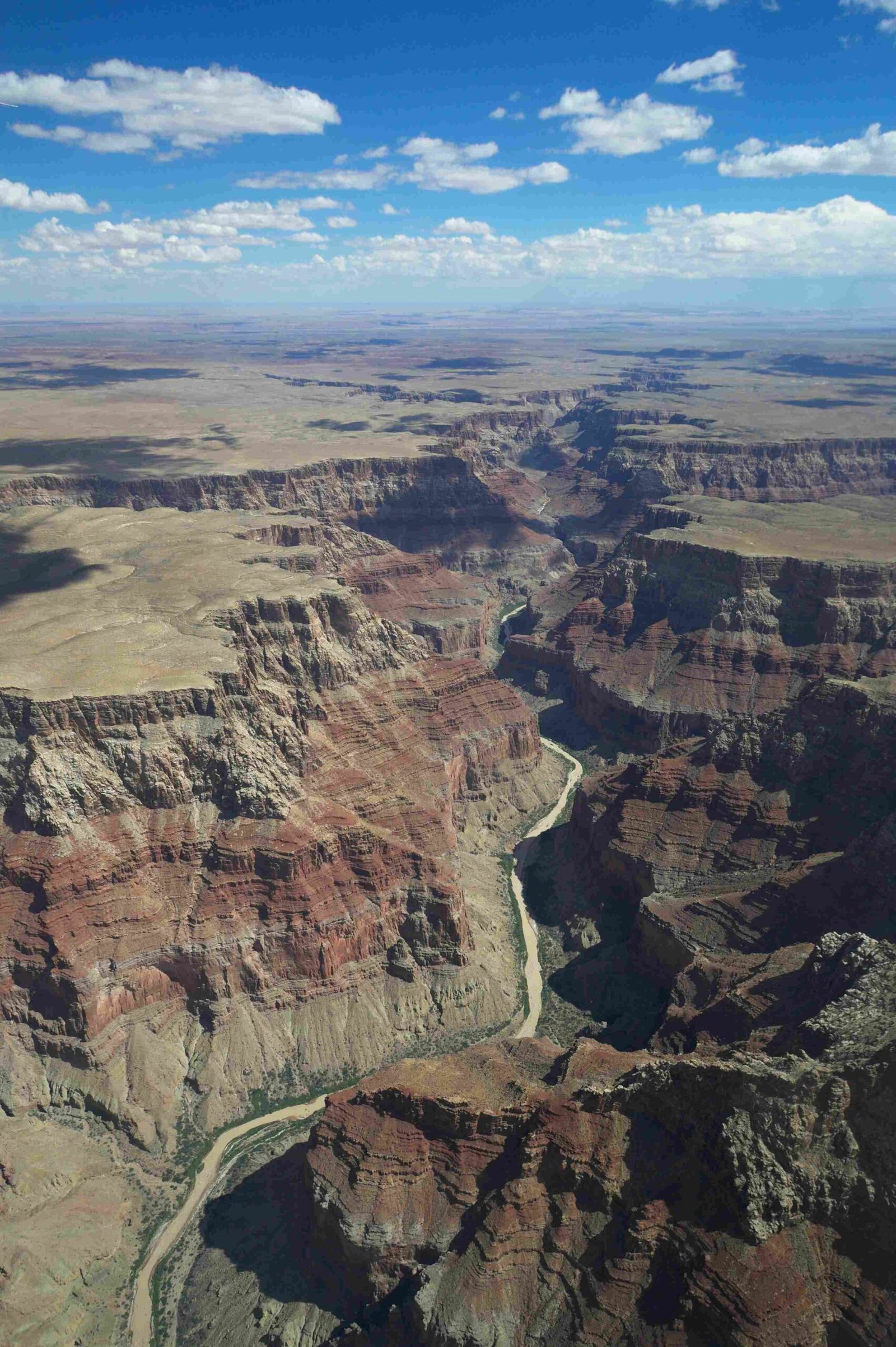The Grand Canyon harbors a profound and complex archaeological narrative that extends far beyond its stunning geological formations. Beneath its rugged terrain lies a rich tapestry of human civilization spanning thousands of years, with archaeological evidence revealing intricate stories of survival, adaptation, and cultural sophistication that challenge our understanding of prehistoric North American societies.
What Ancient Cultures Inhabited the Grand Canyon?

Prehistoric Inhabitants and Their Remarkable Adaptations
The Grand Canyon’s hidden history reveals multiple prehistoric cultures that thrived in this challenging landscape:
Paleo-Indian Period (12,000-8,000 BCE)
- Nomadic Hunter-Gatherers: First known inhabitants
- Survival Techniques:
- Advanced stone tool technologies
- Hunting megafauna
- Seasonal migration patterns
Archaic Period (8,000-2,000 BCE)
- Technological Advancements:
- Sophisticated hunting tools
- Development of groundstone implements
- Increased plant resource utilization
Ancestral Puebloan Period (2,000-700 BCE)
- Complex Settlements:
- Cliff dwellings
- Advanced ceramic production
- Intricate trade networks
What Archaeological Discoveries Reveal About Grand Canyon’s Past?

Significant Artifact Categories
| Artifact Type | Significance | Notable Characteristics |
|---|---|---|
| Stone Tools | Evidence of technological evolution | Arrowheads, scrapers, specialized hunting implements |
| Pottery Fragments | Cultural artistic expression | Intricate designs, localized ceramic traditions |
| Petroglyphs | Communication and cultural documentation | Symbolic representations of daily life and mythology |
Mysterious Rock Formations and Their Historical Significance
The Vishnu Schist, a 1.7 billion-year-old rock layer, represents one of Earth’s oldest exposed geological formations. This ancient rock provides critical insights into the Grand Canyon’s geological and archaeological complexity.
How Did Ancient Civilizations Survive in the Grand Canyon?
Adaptive Strategies and Settlement Patterns
Ancient inhabitants demonstrated remarkable resilience through:
– Strategic dwelling construction within natural rock shelters
– Advanced water management techniques
– Diverse subsistence strategies involving hunting and gathering
– Complex social organizational structures
Preservation of Archaeological Sites
The National Park Service implements strict preservation protocols to protect these invaluable historical resources, ensuring minimal human interference while allowing scientific research.
What Challenges Exist in Studying Grand Canyon’s Hidden History?
Research Limitations and Ongoing Investigations
- Limited accessibility to remote archaeological sites
- Fragile preservation conditions
- Complex interdisciplinary research requirements
- Necessary tribal consultations and cultural sensitivities
Emerging Research Methodologies
Contemporary archaeologists employ:
– Advanced imaging technologies
– Collaborative research with Native American tribes
– Interdisciplinary approaches combining geology, anthropology, and archaeology
Why Is Grand Canyon’s Hidden History Important?
Cultural and Scientific Significance
The archaeological record of the Grand Canyon:
– Provides insights into human adaptation
– Challenges previous understanding of prehistoric societies
– Demonstrates remarkable human resilience
– Connects contemporary Native American communities with ancestral practices
Ongoing Discoveries and Future Research
Continuous archaeological investigations promise further revelations about this extraordinary landscape’s human history.
Conclusion
The Grand Canyon’s hidden history represents a complex, multilayered narrative of human existence, technological innovation, and cultural adaptation that continues to fascinate researchers and visitors alike.

